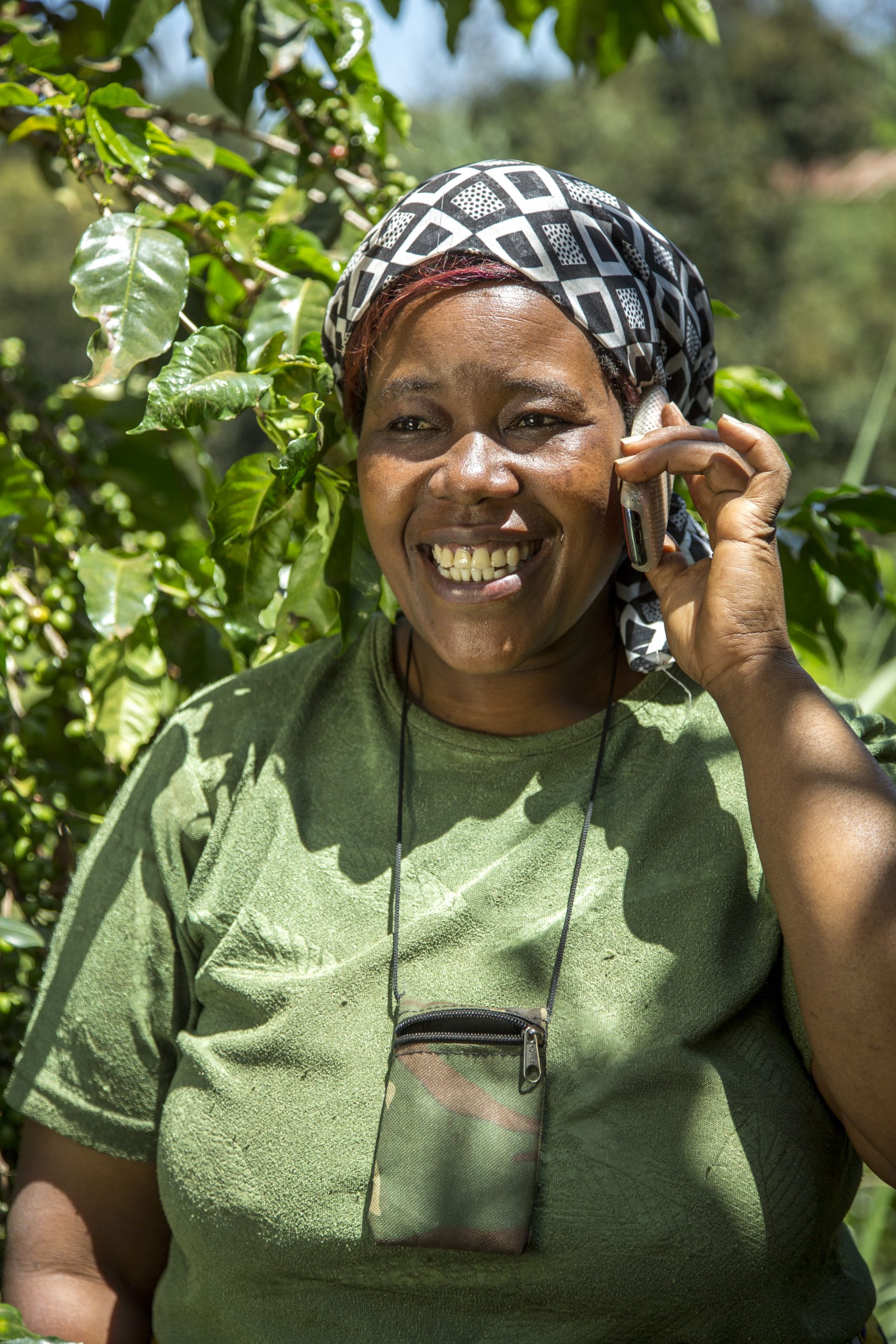[et_pb_section fb_built=”1″ admin_label=”section” _builder_version=”4.16″ global_colors_info=”{}” theme_builder_area=”post_content”][et_pb_row admin_label=”row” _builder_version=”4.16″ background_size=”initial” background_position=”top_left” background_repeat=”repeat” global_colors_info=”{}” theme_builder_area=”post_content”][et_pb_column type=”4_4″ _builder_version=”4.16″ custom_padding=”|||” global_colors_info=”{}” custom_padding__hover=”|||” theme_builder_area=”post_content”][et_pb_text admin_label=”Text” _builder_version=”4.21.0″ background_size=”initial” background_position=”top_left” background_repeat=”repeat” hover_enabled=”0″ inline_fonts=”Futura Book” global_colors_info=”{}” theme_builder_area=”post_content” sticky_enabled=”0″]
NOTE: This post is a continuation of the Blog Series, Increasing Women’s Financial Inclusion in Zambia. Read other parts of this series:
Part 1: Increasing Women’s Financial Inclusion in Zambia
Part 3: Who Influences Women Smallholder Farmers in Zambia?
Part 4: For Women Smallholders in Zambia, Financial Inclusion is Not “One-Size-Fits-All”
A Seasonal Mapping of Zambian Women Smallholder Farmers’ Major Activities, Expenses, and Earnings
The lives and financial health of women smallholder farmers in Zambia are largely governed by the annual planting and harvesting of maize, which is grown by 80% of the country’s farmers and provides their primary source of income. As such, understanding the seasonality of women’s earnings and expenses is key to designing supportive financial and non-financial products that make sense for them.
“If service providers don’t know when women smallholders get and spend their money, they may design products that are completely out of sync with needs – proposing a savings product during the lean months, for example, when credit or income-smoothing loans might be more appropriate,” says Christabell Makokha, AFA’s Country Director in Zambia.
In collaboration with Dalberg Design, AFA conducted 40 one-on-one and 10 small-group interviews with women in Zambia’s Eastern and Southern Provinces, who visually mapped out their annual agricultural activities, farm, and household expenses, and earnings from harvest and other incomes. The women also identified coping strategies for covering expenses and investments throughout the year.
The seasonal map they developed reveals the ebbs and flows of household cash, and how they correspond with deadlines for key household expenditures. As illustrated in Figure 1, the major income period occurs between April and July during the annual maize harvest. Children’s school fees – a priority for women smallholders who see education as a path out of poverty – are due in August, January, and April. Bulk inputs for the next year’s harvest are purchased in September or October, before the November planting season.
As maize is a cash crop, its production and income are largely controlled by men. Women supplement household income with sales from crops that they control: vegetables from home gardens or crops with a shorter maturity (e.g., soya, sunflowers, groundnuts) that can be grown between rows of maize during lean months.
“Women are quite savvy about employing coping strategies during lean periods. To increase their financial health, we need to look at ways to help them mitigate risk or tap into value chains for products, like sunflowers and beans, which don’t require high inputs but could carry them through the dry months,” says Makokha.
Some engage in casual labor for extra cash, while those in peri-urban areas of Southern Province may peddle foods or curios to hotels or other markets.
Women smallholders prefer informal lenders (Kaloba) and Village Savings and Loan Associations to formal ones for reasons of trust, convenience, and flexibility in renegotiating loan terms. They also juggle multiple loans or savings groups to lock up money for different targeted needs, such as school fees, farm inputs, or health expenses. Another savings strategy is to stock crop reserves as a buffer during lean periods, for purchasing livestock, or to sell when market prices go up.
However, accessing money to purchase inputs for the main planting season remains a challenge. Payments from savings associations may not align with the planting season, and unplanned expenses eat into financial reserves or collateral. The government-funded Farm Input Subsidy Program provides supports to those who belong to a cooperative, but only for maize production, and often too late in the planting season.
As a result, women find creative workarounds: “I usually go to my [community] agro-dealer ahead of time and pay in installments until I can purchase the order I booked for my next planting season,” says Matilda, from Vulamkoko.
Building on women’s financial shrewdness and seasonal cash flows offer inroads to improving their financial health. “Women are receptive to financial services and incentives that will save them time and money, and help smooth financial flows,” notes Country Director, Makokha. “That makes bundled services more attractive – when financial products are joined with ones that increase mobile phone access and information or inputs that will make their farms more productive. But knowing when to time and how to combine financial service products is critical.”
Examples of bundled services that appealed to respondents included a savings plan that offered contributions towards a phone purchase plan; an airtime plan with monthly loans from the Village Savings and Loan Associations; or a deposit plan for school fees bundled with a home-based solar system and solar-powered tablet. Further bundles may group non-financial services aimed at boosting financial health, such as digital training videos on improved agricultural practices grouped with solar TVs.
To better understand women’s potential interest in bundled services and inform channel design, marketing, and go-to-market activities, the AFA-WIN team asked respondents to identify and assess the influencers affecting their financial decisions and service use. The results of that work are presented in Part 3 in this series.
Related Posts
Part 1: Increasing Womens Financial Inclusion in Zambia (Part 1)
Part 3: Who Influences Women Smallholder Farmers in Zambia?
Part 4: For Women Smallholders in Zambia, Financial Inclusion is Not “One-Size-Fits-All”
Authors:
Christabell Makokha, AFA Country Director, Lusaka
Lucy Kioko, AFA Agriculture Engagement Manager, Nairobi
Valerie Gwinner, Consultant, AFA team
This research was supported by funding from the Mastercard Foundation and Financial Sector Deepening Zambia (FSDZ) Women’s Financial Inclusion (WIN) program.
[/et_pb_text][/et_pb_column][/et_pb_row][/et_pb_section]

